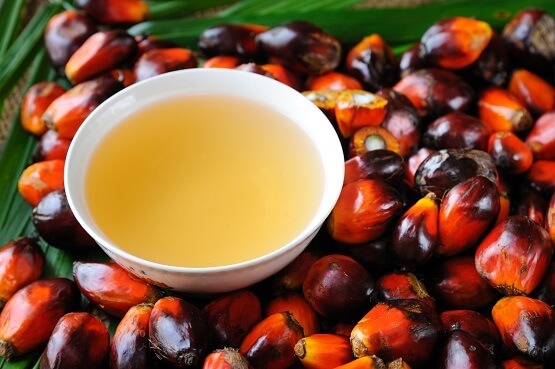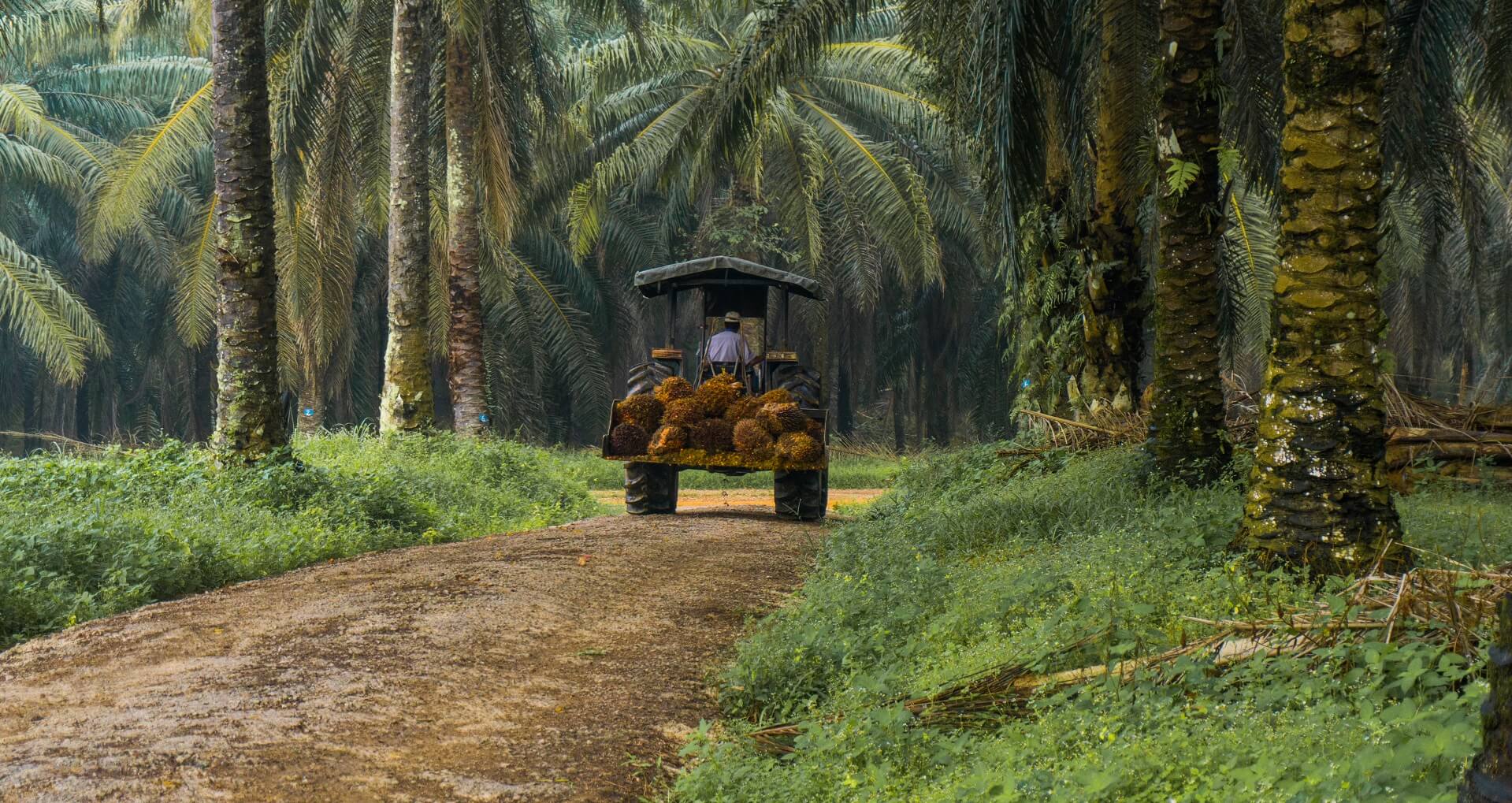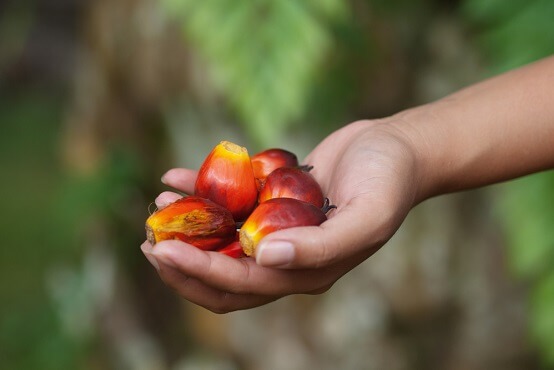
Oil palm crops grow in humid tropical conditions, which can be found 8 – 10 degrees north and south of the equator. Originally found in West Africa, the oil palm tree is now cultivated across Asia, Africa and Latin America.
Indonesia and Malaysia are by far the largest palm oil producing nations. Together they account for 85-90 percent of the total production of this vegetable oil. Other important producing countries are Colombia, Nigeria and Thailand.
The palm oil journey begins in producing countries where oil palms are planted. These trees start producing fruits only after 2-3 years after planting. If individual fruits start falling off, then this means they are ready for harvest.
After being harvested, the red fruit bunches are delivered to the mills within 24 hours. Once there, these fresh fruit bunches are divided into different groups to check their quality. The ripeness of the oil palm fruit is one of the most important factors that determines the quality of the bunches.
In the processing of fresh fruit bunches, palm oil mills produce palm oil mill effluent, empty fruit bunches, and finally, a mixture of kernel, fibers and oils. All of these elements eventually serve a purpose. But for palm oil, the fruit bunches are the most important element.
A next step in this journey is producing the oil. For this purpose, the fruit bunches are treated with steam. This is an important step as it eliminates any bacteria and puts a stop to enzyme activity. In this way, the degradation of the fruit is brought to an end.
In the meantime, the steamer softens the oil palm fruits, which in turn helps to relieve the natural oil. After this steam treatment, the fruit masses, which contain water, oil, fibers, palm kernel are treated to separate all components.
This natural fruit is then put under high pressure to squeeze out the oil and water. As a result, a water-oil mixture is produced. As water and oil do not mix after some time, the palm oil will form an oil layer on the top. In this way, the oil can be then extracted from the water. What it finally results are the first drops of natural crude palm oil. This will need further process at the refinery.

The remaining empty fruit bunches at this stage are used as fuel: they are used to create heat for the steam boilers.
These empty bunches are also composted. Microorganisms break down the biomass and produce some nutrients. This is, in turn, used in the oil palm plantations. As a result, empty bunches contribute to increasing soil fertility by giving nutrients, and also helps to retain water.
The kernel is transported to a kernel mill, which extracts the palm kernel oil. Such a mill is specially built to be able to crush the hard kernel.
The crude oil produced at the mills is saved in tanks. From there, it is transported to different refineries around the world. Once there, the crude oil is treated to make it suitable for food production and consumption. The result of this process is a safe, colorless vegetable oil.

The first step is to wash the crude oil with water. Water and oil are thoroughly mixed so they can have intensive contact. The water-soluble compounds will leave the oil phase and will go to the water phase. This oil and water mixture is then separated.
As oil is lighter than water, oil will form a layer on the top. This base will then go to a bleaching step: the oil is mixed with a special type of natural earth. Thanks to this earth, impurities are bound and removed from the oil.
Steam process follows, removing volatile components. These components turn into gas, which will eventually leave the oi. The result of this process is a healthy vegetable oil.

After refining, the oil is brought to a fractionation facility where it is separated into different fractions. Each fraction has specific properties. A very important one is the melting point. The melting points of these fractions determines their application. Some can, for example, be used for the production of margarine, while others are used for cookies or creams. In this way, palm oil finds its way into a great variety of products.
